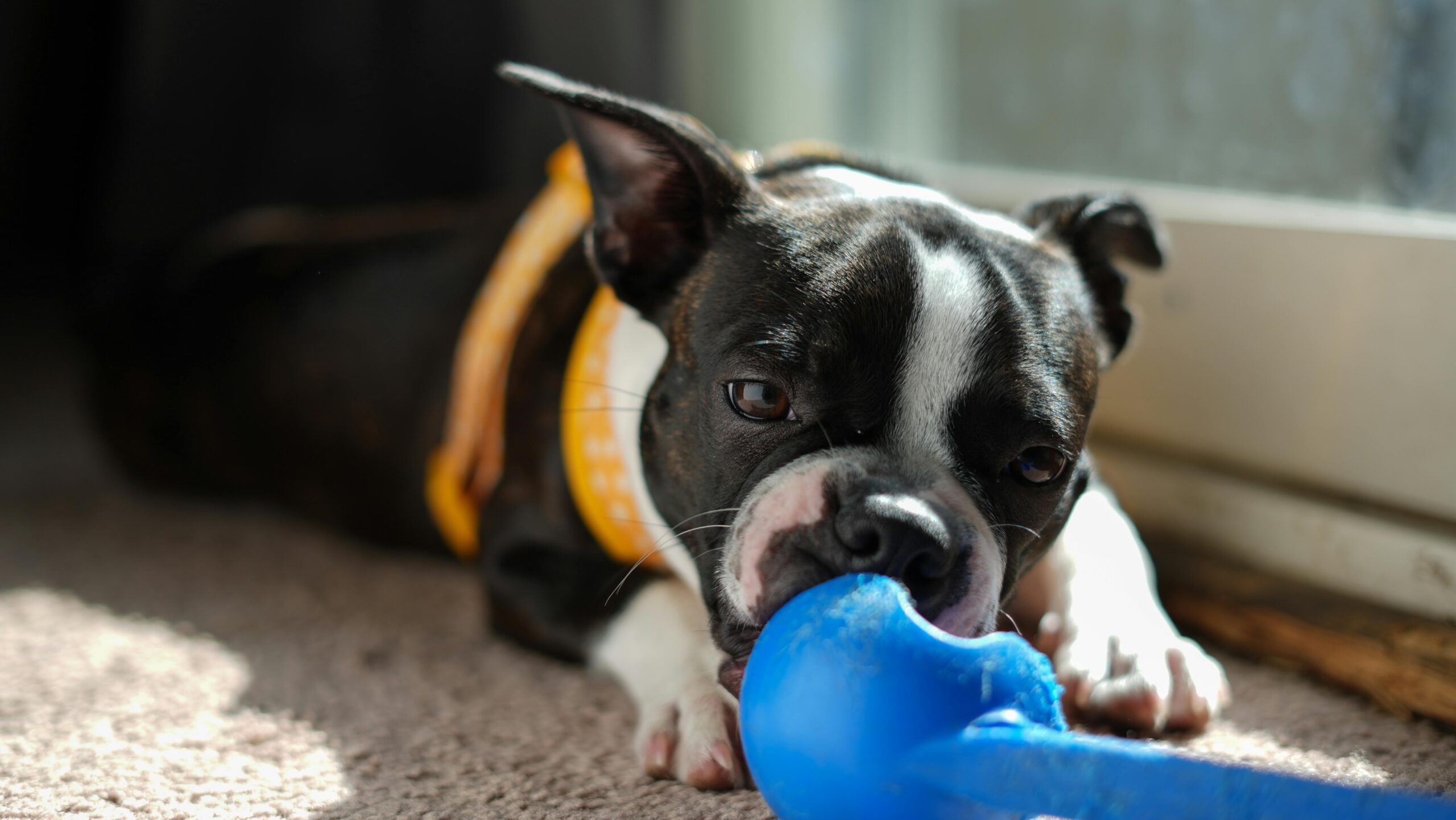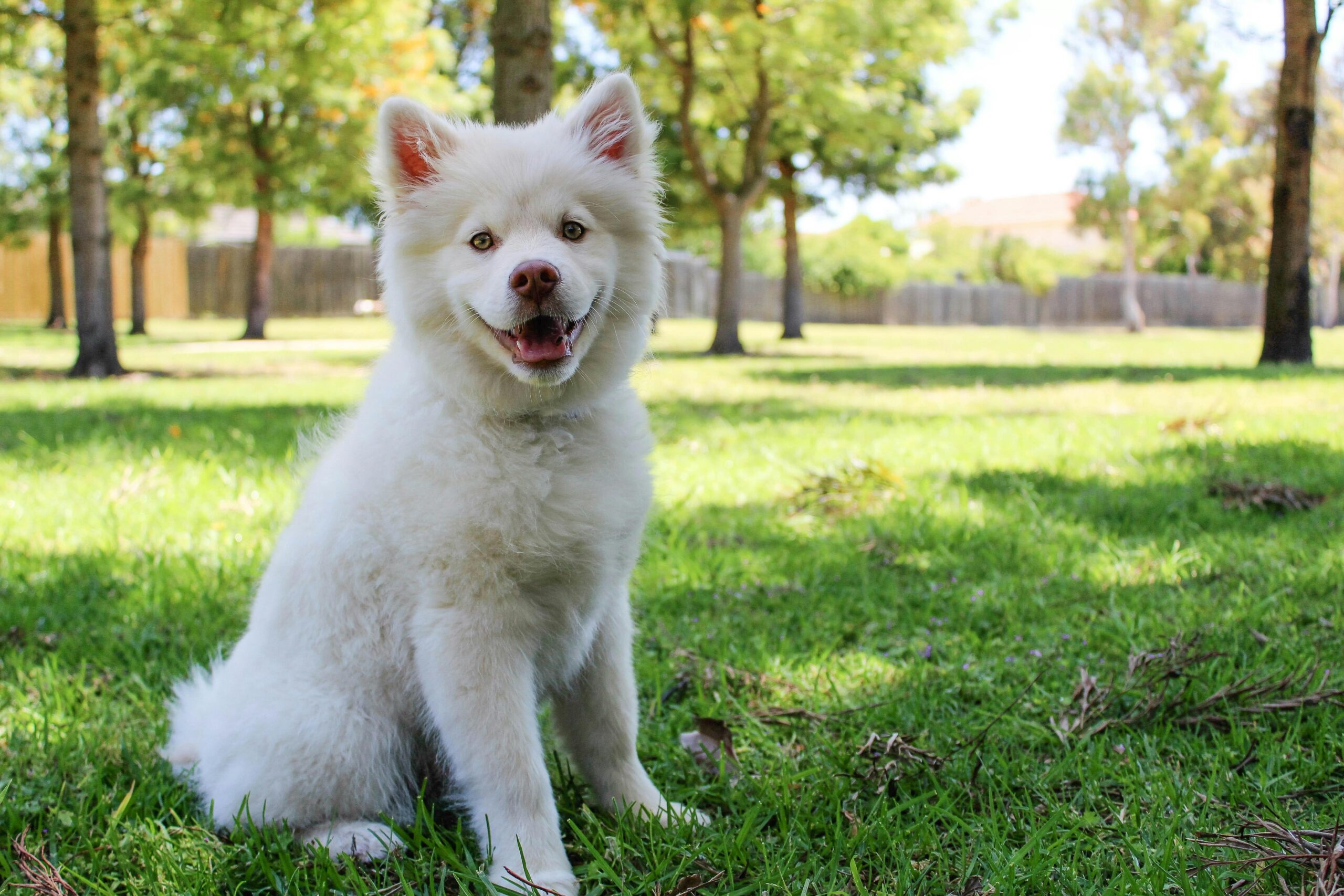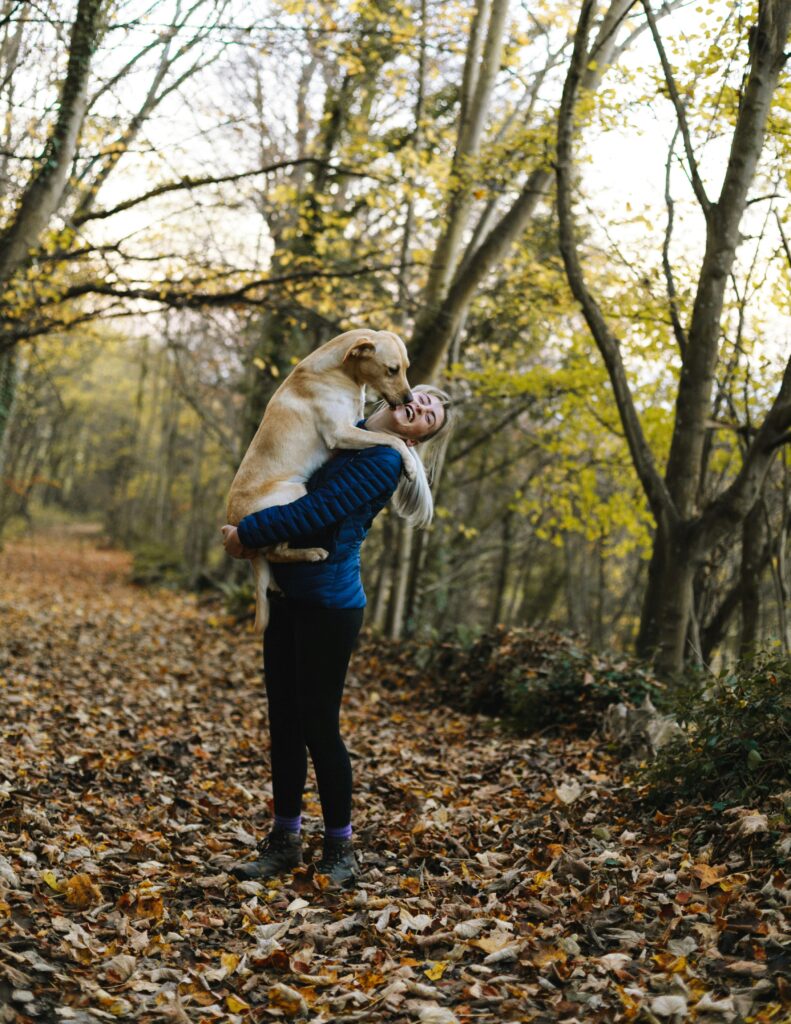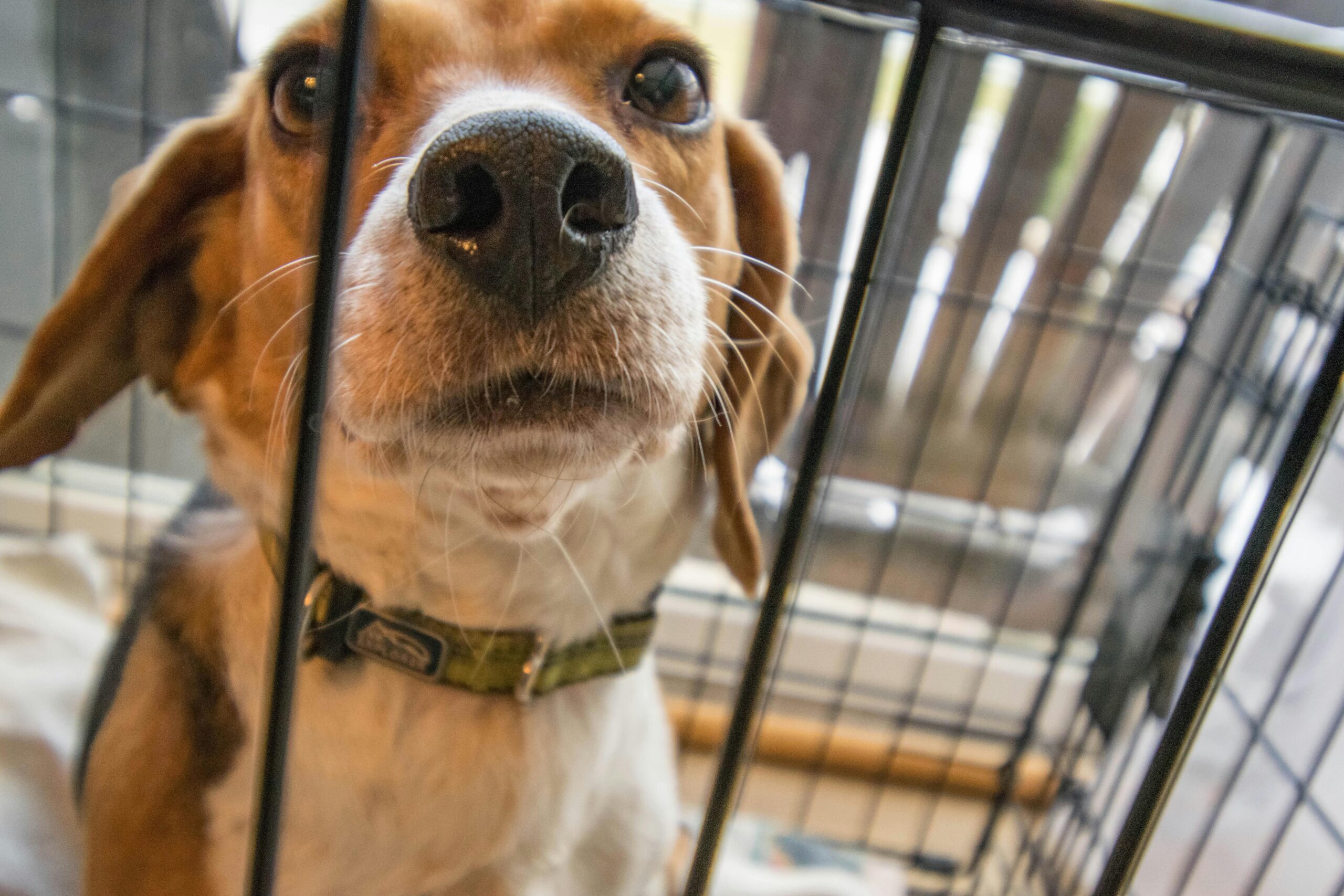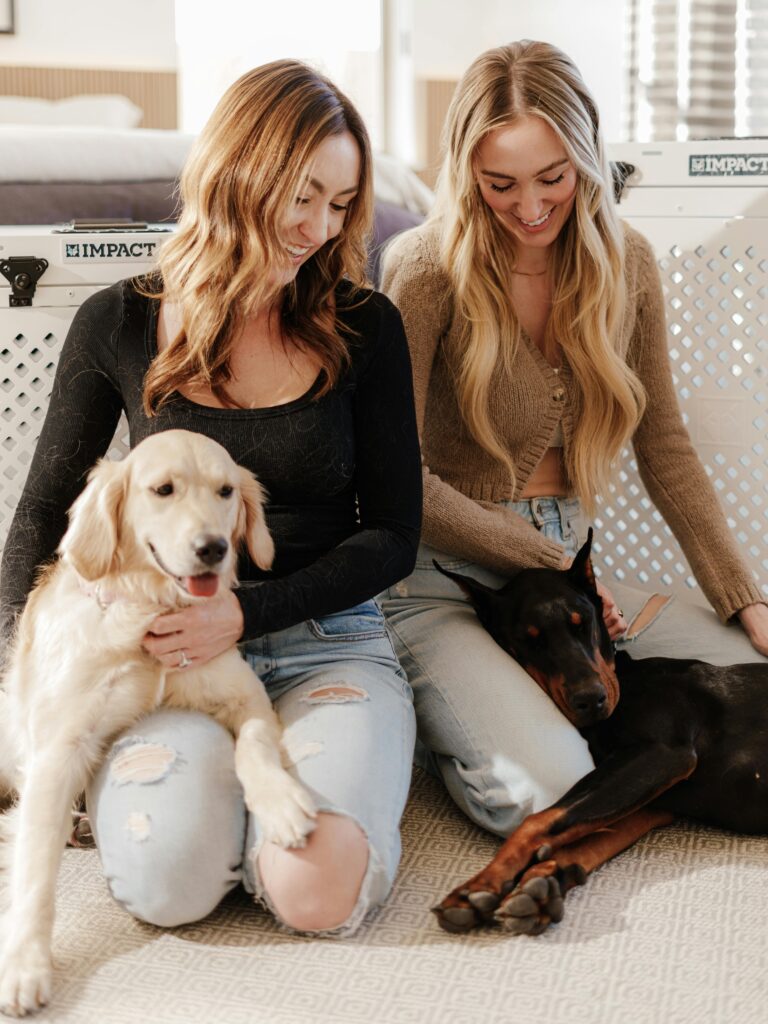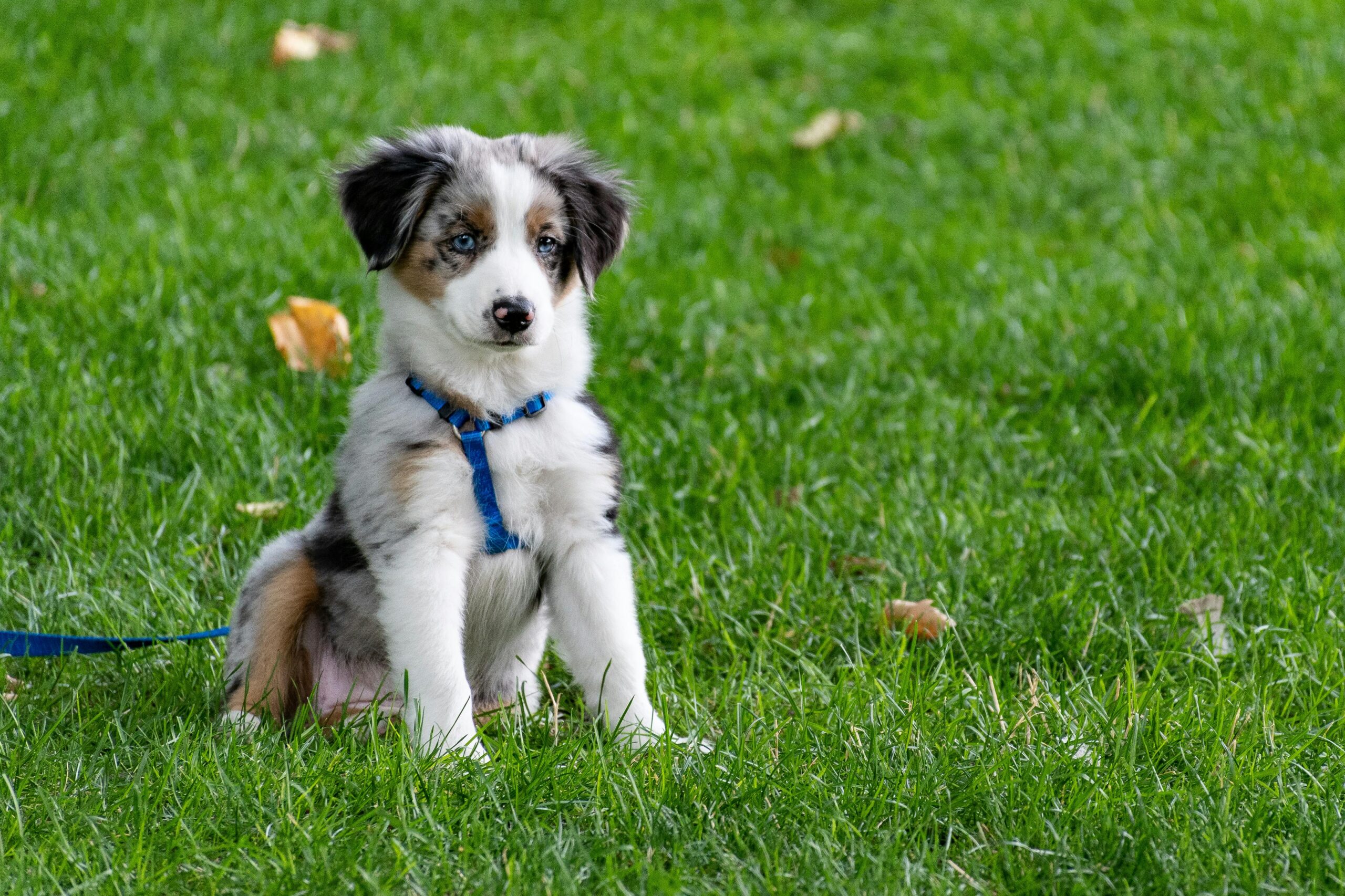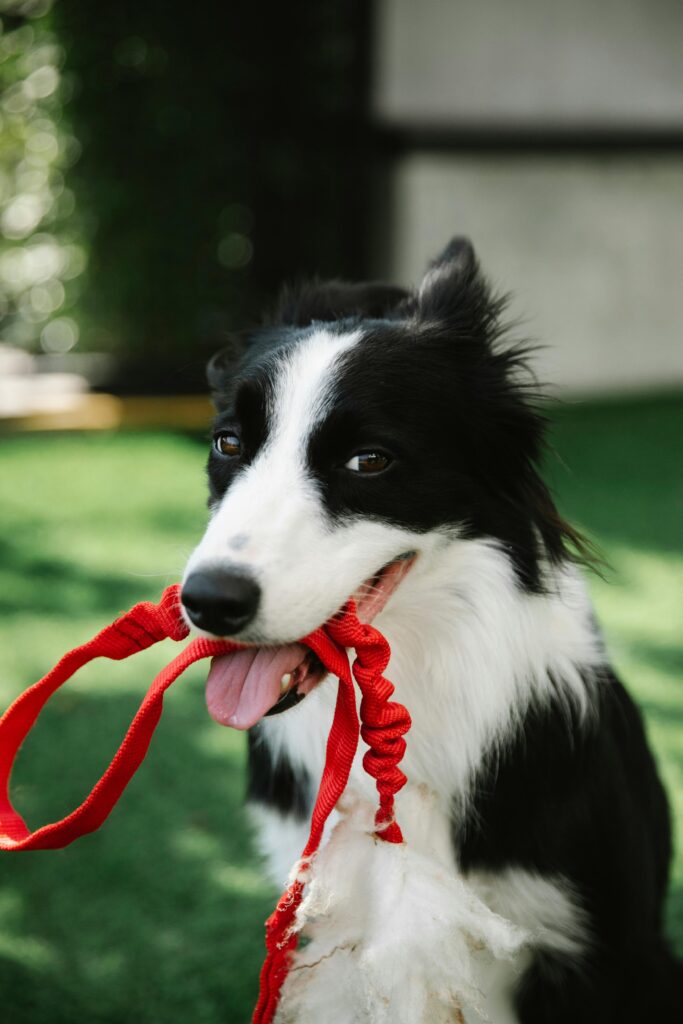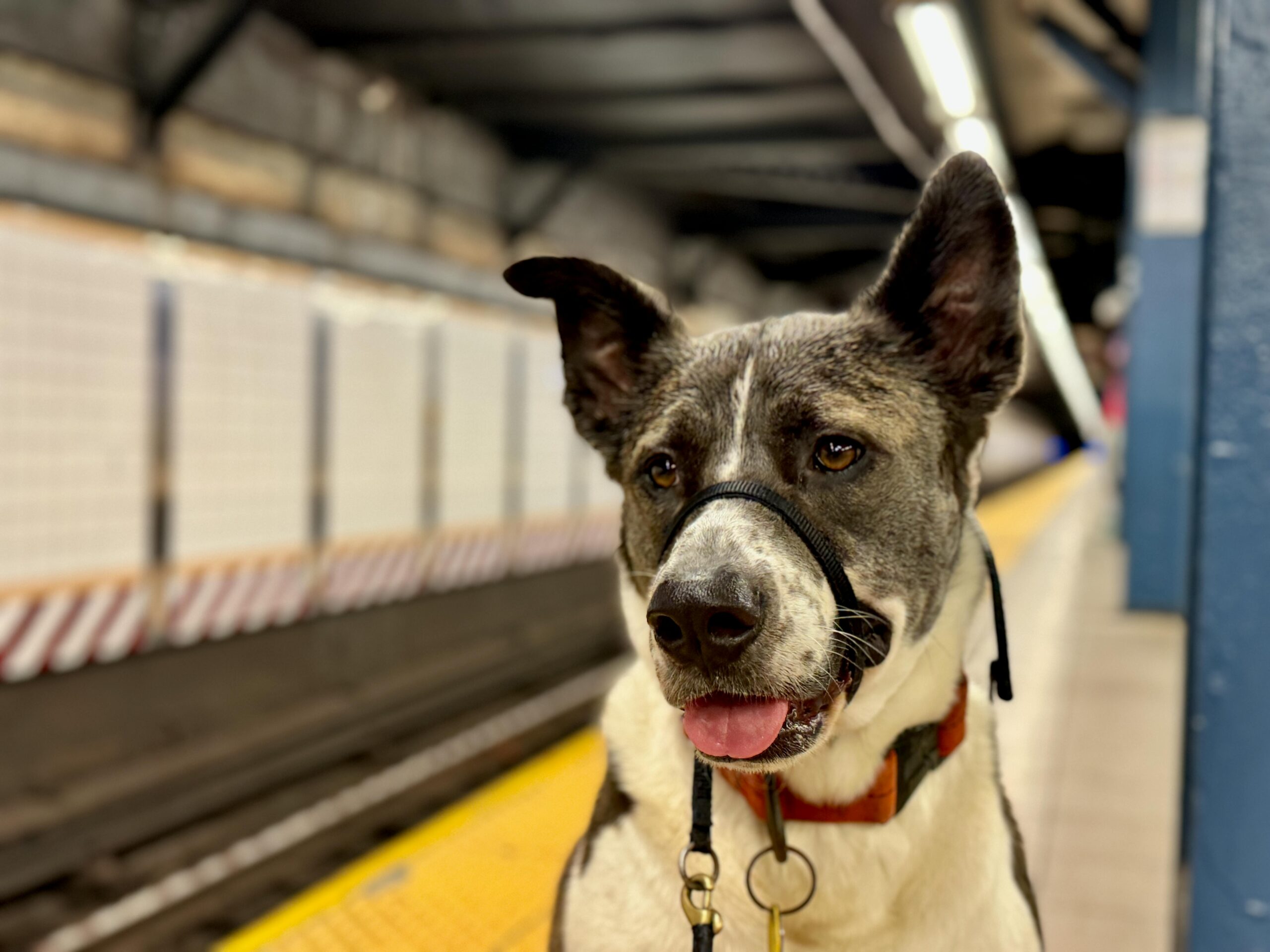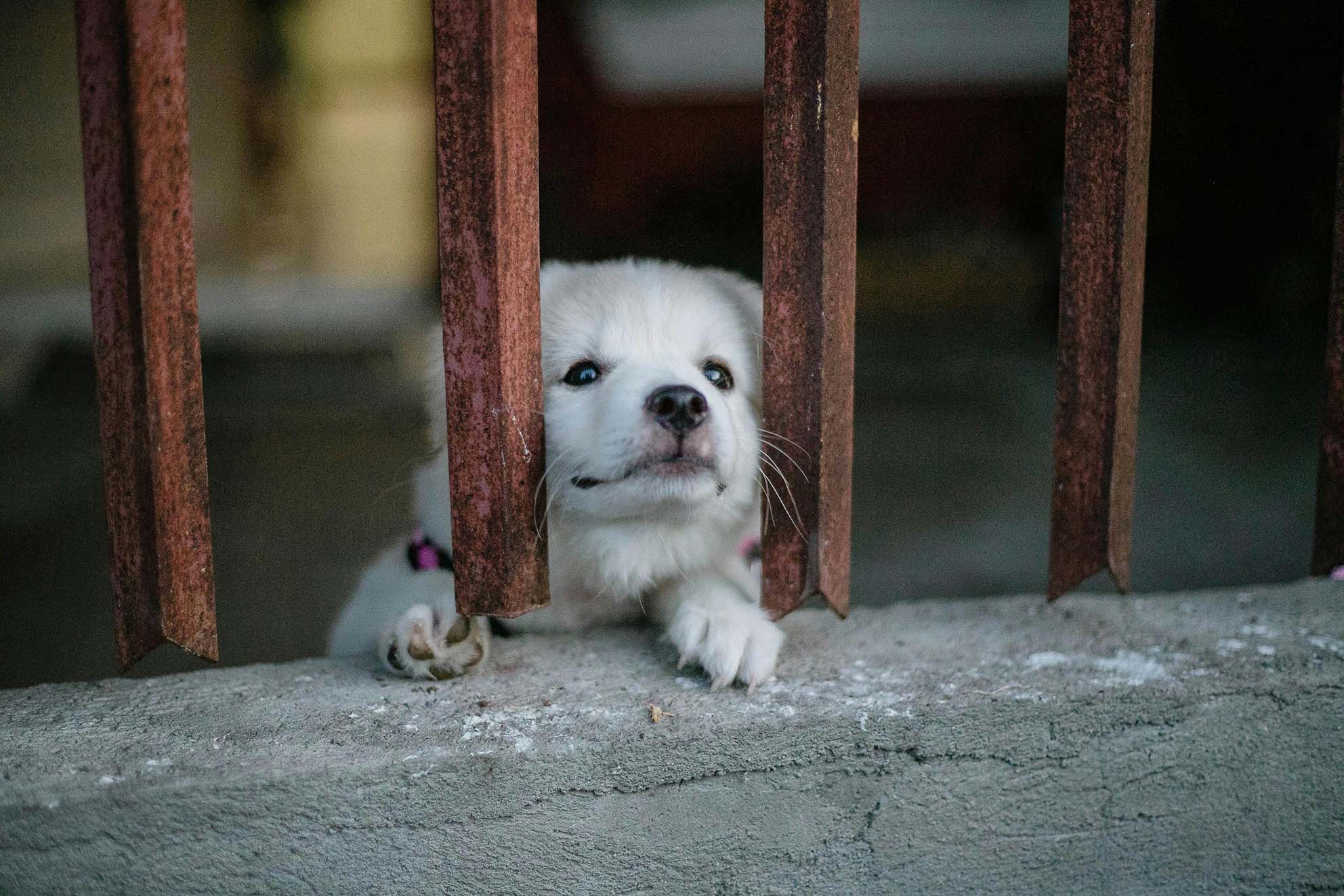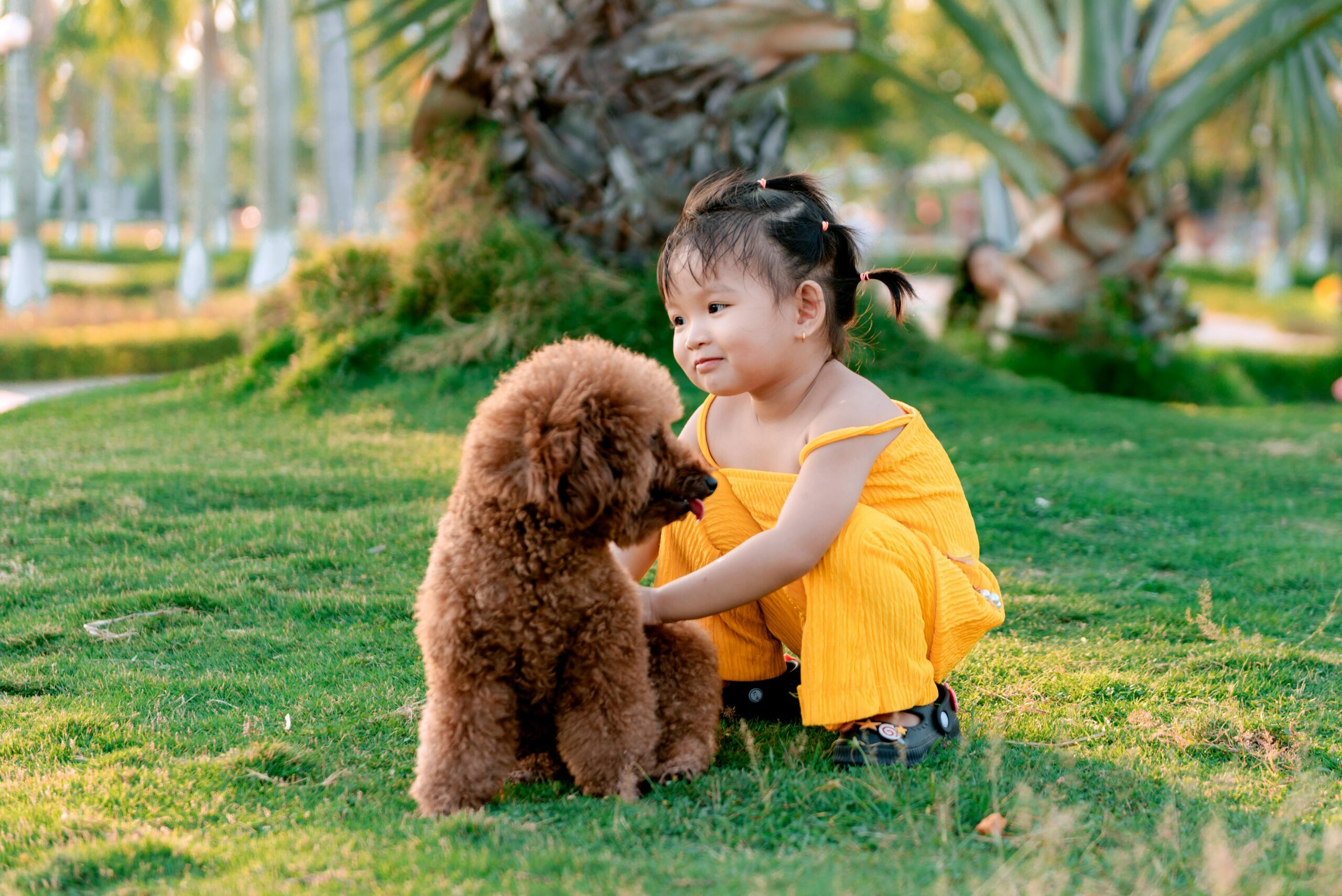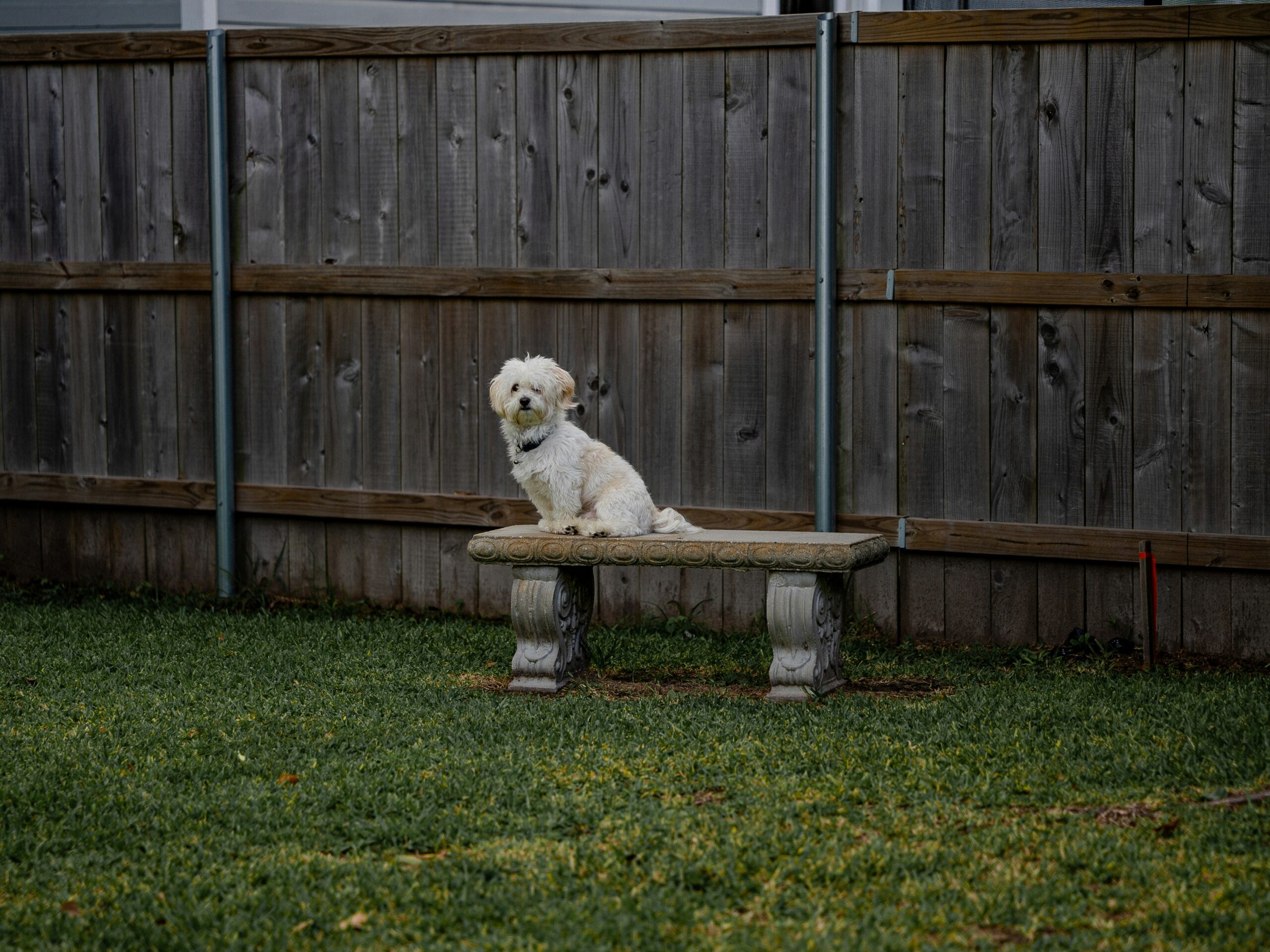Life gets busy. Between work, school schedules, family commitments, and travel, it can feel overwhelming to keep your dog’s training on track. But here’s the truth: dogs don’t just learn commands in a training session, they learn in everyday life. Even when you are short on time or away from home, you can maintain and reinforce the skills your dog has already learned.
As a trainer in Toledo, I often hear from clients who say, “We did obedience classes, but now life is hectic, and I don’t want my dog to forget everything.” The good news is that consistency doesn’t require hours of practice every day. Small habits, woven into your routine, can keep your dog sharp and obedient no matter where life takes you.
Keep Training Sessions Short and Sweet
You don’t need to carve out 30 minutes daily for training. Dogs often learn better with short, frequent sessions.
Tips for busy schedules:
- Practice a sit-stay while you prepare coffee
- Use down-stays during kids’ homework time
- Reinforce recall in the backyard before dinner
- Ask for a heel while walking to the mailbox
Two to three minutes of focused work several times a day can keep commands fresh without feeling like a chore.
Incorporate Training Into Daily Life
Think of obedience practice as part of your lifestyle, not a separate activity.
Practical ideas:
- Have your dog wait at the door before walks
- Require a “place” while you eat meals
- Ask for a calm “down” before giving toys
- Practice leash skills during quick errands or potty breaks
Training becomes natural when your dog sees it as part of their everyday expectations. Our Basic Obedience Program is designed with this exact goal in mind, making obedience second nature, not something that only happens during class.
Reinforcing Training While Traveling
Traveling with your dog doesn’t have to mean a pause in training. In fact, new environments are great for reinforcing obedience since they test your dog’s ability to listen with distractions.
When on the road, focus on:
- Practicing “sit” and “stay” at rest stops
- Using “heel” in hotel lobbies or parking lots
- Reinforcing “place” with a travel bed or mat
- Keeping crate training consistent for comfort and safety
For tips on how to prepare your pup for smooth travel experiences, see our guide on training your dog to love travel gear.
Use Mental Enrichment on Busy Days
When your time is limited, mental stimulation can bridge the gap. Dogs who use their brains tire out faster and stay more focused.
Quick enrichment ideas:
- Puzzle feeders at breakfast
- Hide-and-seek with treats in the living room
- 5-minute obedience games like “find it”
- Lick mats for calm downtime
Even if you only have 15 minutes, pairing mental work with short training sessions helps prevent bad habits from forming.
Stay Consistent With Rules
The biggest mistake busy owners make is letting structure slide. If your dog is allowed to pull on the leash when you are rushed, or jump on guests because you don’t have time to correct it, the training erodes quickly.
Consistency matters more than intensity. Even if you only enforce one or two key rules every day, your dog will stay on track.
The AKC offers helpful advice for traveling with dogs, including ways to keep routines consistent while on the go.
When to Get Professional Support
Sometimes, busy families benefit from structured guidance to make training easier. Professional programs provide the foundation and tools to ensure your dog thrives, even when your schedule is unpredictable.
Our Basic & Advanced Obedience programs are tailored for real life. Whether you’re home every day or constantly on the road, we help you and your dog build consistency that lasts.
Final Thoughts
Life will always have busy seasons. The key is not to aim for perfection, but to integrate small, consistent training moments into your daily routine. Whether at home, on the road, or in between commitments, your dog can continue to thrive with clear expectations and practice.
If you’re ready to keep your dog’s training solid through any schedule, contact us today. We’ll help you create a plan that fits your lifestyle and your dog’s needs.

